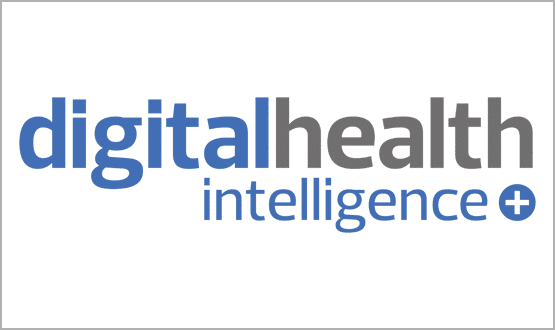eduCAD tool is worldwide hit
- 20 May 2013

An online training tool to help cardiologists choose the most appropriate imaging modalities in diagnosing cardiac disease has proved popular throughout the world, according to GE Healthcare.
eduCAD, the result of a collaboration between GE Healthcare, the Institute of Clinical Physiology, the National Research Council in Pisa, and the European Society of Cardiology, was launched last year.
Between September 2012 and February 2013, it received 66,855 hits and was used in countries as far afield as China, India and Argentina, as well as in European countries such as Italy and Poland.
The free tool, which is available from the European Society of Cardiology website, enables doctors training in cardiac imaging to examine real-life clinical cases and recommend the best imaging diagnostic pathway for each case.
The pathway they choose is then compared to that recommended by experts. The software also has a forum that allows users to give feedback and contribute cases to the eduCAD team.
The clinical cases are derived from the EVINCI (Evaluation of Integrated Cardiac Imaging) study.
EVINCI, funded by the EC, was a three-year multi-modality cardiac imaging trial, designed to provide objective evidence about the role of different imaging modalities in the diagnosis and treatment of angina patients with suspected coronary artery disease.
Dr Miriam Brinkert, a subspecialist trainee in advanced cardiac imaging at the Royal Brompton and Harefield NHS Trust Hospital, has been using eduCAD.
“It’s a great tool,” she said. “It’s a unique opportunity to see all the imaging modalities in one clinical case, and it’s very useful for training purposes or to prepare yourself for an examination.”
It had proved an effective tool for helping trainees to evaluate the most appropriate modality, she added.
“In daily life we are so limited by resources, and we need to think about which modality we use and which is the most useful. Every modality adds something for a clinical case.”
Brinkert said that she had derived particular benefit from using eduCAD with colleagues.
“I used it together with other trainees, and we ended up having good discussions about the case, and we discussed the strength of the different integrated imaging modalities,” she said.




